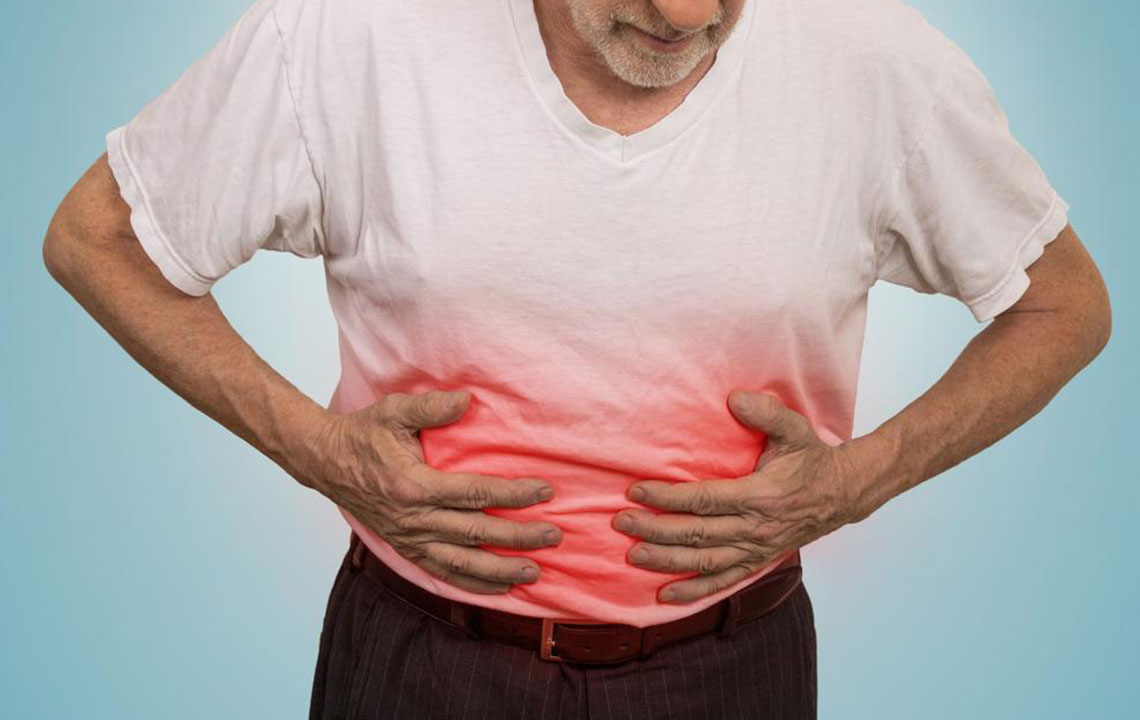7 general and specific Crohn’s disease symptoms to watch out for

Crohn’s disease is one of the most commonly occurring inflammatory bowel diseases that affect nearly 700,000 patients every year. Very little is known about the real causes and permanent treatment of this disease; however, what is known universally is that Crohn’s disease can potentially affect any part of the GI tract.
Crohn’s disease is potent enough to cause discomfort anywhere in the body. Apart from different people exhibiting variable Crohn’s disease symptoms, most of the symptoms vary in intensity and may change over time. While some patients may show mild symptoms, others may have life-threatening complications. Similarly, while some patients may get general disease symptoms, in many cases, a particular part of the gastrointestinal tract may give out peculiar symptoms. Here are a few commonly known general and specific Crohn’s disease symptoms.
Early signs and symptoms of Crohn’s disease
It is a fact that Crohn’s disease symptoms develop gradually and may worsen over time. What may start as simple diarrhea may graduate to become a prolonged bowel issue. Crohn’s disease can typically be characterized by pain that erupts about an hour after eating. The pain usually begins in naval and may radiate towards the right side of the lower abdomen. Many patients feel activities like jogging often aggravates the pain. Swelling of the right part of the lower abdomen is another distinct symptom of the disease. Some of the earliest symptoms of Crohn’s disease also include abdominal cramps, fever, fatigue, loss of appetite, weight loss, frequent need for a bowel movement, constipation, and the like. If symptoms of food poisoning, upset stomach, or allergy persist, it is essential to get diagnosed.
Crohn’s disease symptoms when it progresses
The disease that exhibits mild symptoms may begin to show severe sign if the disease is undiagnosed or unattended. Crohn’s disease symptoms may worsen and become perianal fistula that may cause extreme pain, constant drainage, and discomfort. Ulcers may also begin to erupt anywhere from the mouth to the anus. Another common symptom of Crohn’s disease includes inflammation of the joints and skin. Moderate to severe disease symptoms include frequent diarrhea, abdominal pain, tenderness, repeated bouts of fever, substantial weight loss, significant anemia, etc. Other symptoms of severe Crohn’s disease include high fever, constant vomiting, intestinal obstruction, significant loss of weight, constipation, and the like.
Crohn’s disease symptoms of the colon
Apart from general symptoms, Crohn’s disease symptoms are location specific. When the disease affects the colon, it may bring about symptoms significantly different from Crohn’s disease of the small intestine. Crohn colitis manifests varyingly depending on the location of not just the disease but also the colon. For instance, if the right side of the colon is affected by the illness, the patient may get cramps. Similarly, if the left side of the colon gets affected, the patient gets blood in the stools and several other symptoms. If the rectum is affected by the disease, it can include symptoms ranging from bloody diarrhea to limited bowel movement.
When the disease affects the small intestine
When a patient suffers from Crohn’s disease of the small intestine, she/he may experience drastic weight loss in addition to diarrhea and cramps. Most often than not, people with this disease may also suffer from bouts of constipation, severe pain, and complete loss of appetite.
Crohn’s disease symptoms when it affects the stomach
People who suffer from Crohn’s disease of the duodenum often have absolutely no symptoms. When symptoms occur, these happen during or post a meal and begins in the upper abdomen. Many people also experience a combination of vomiting and nausea. Another prevalent symptom includes weight loss and loss of appetite. Most patients with Crohn’s disease prefer not eating at all. Also because of scarring, Crohn’s causes the outlet of the stomach in the duodenum to narrow down, thereby decreasing appetite and causing prolonged bloating in the upper abdomen and nausea.
Crohn’s disease symptoms of the appendix, esophagus, and mouth
Mostly when Crohn’s disease attacks the appendix, the symptoms resemble that of appendicitis. Crohn’s disease that affects the esophagus causes excruciating pain behind the breastbone while swallowing. When the esophagus narrows down, people may experience severe pain while eating and swallowing food. In many cases, the food may get stuck on the way down. Often, the symptoms that show include large and painful sores in the mouth.
Crohn’s disease symptoms of the ileum and colon
A small portion of the small intestine called ileum can also be affected by the Crohn’s disease. If a patient has Crohn’s disease in both the colon and the ileum, she/he may experience one of the many symptoms associated with each disease. Many patients also experience symptoms of both the diseases simultaneously.


